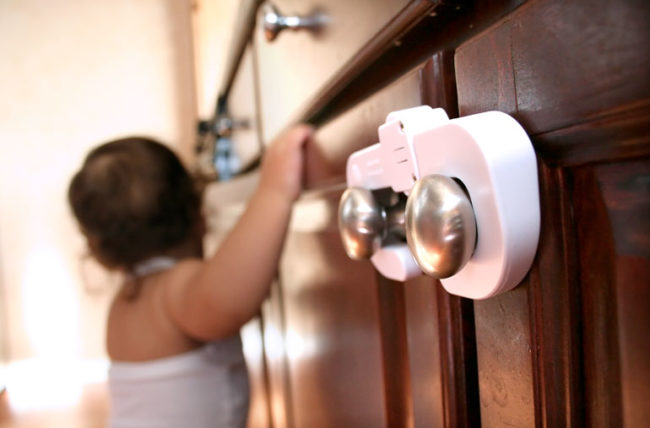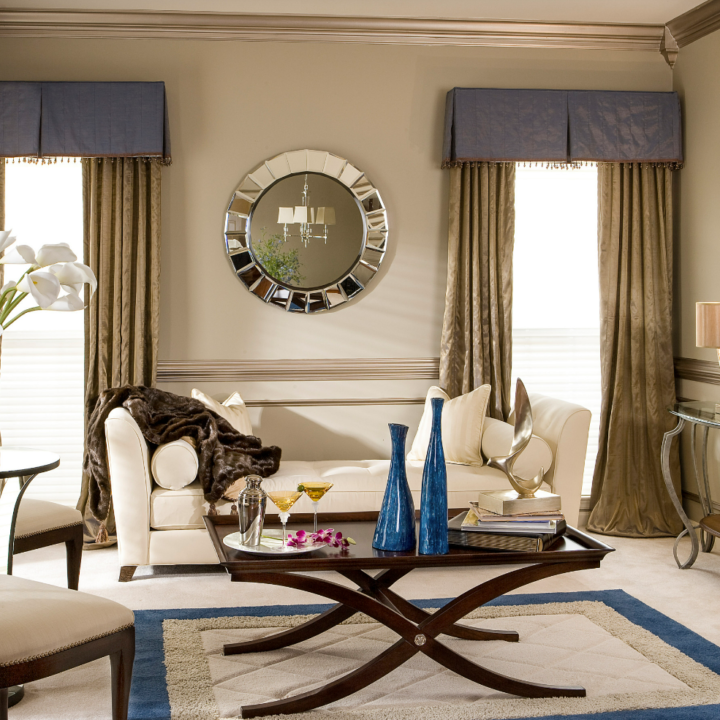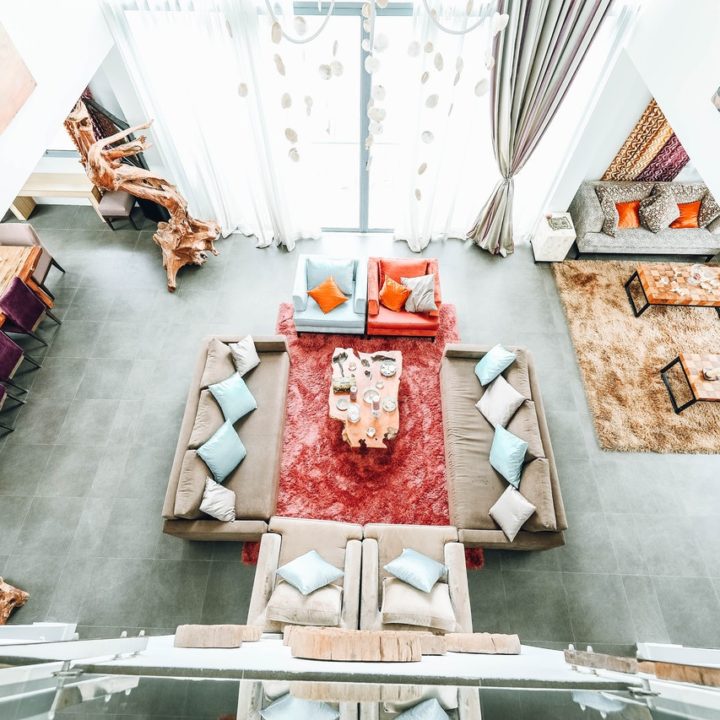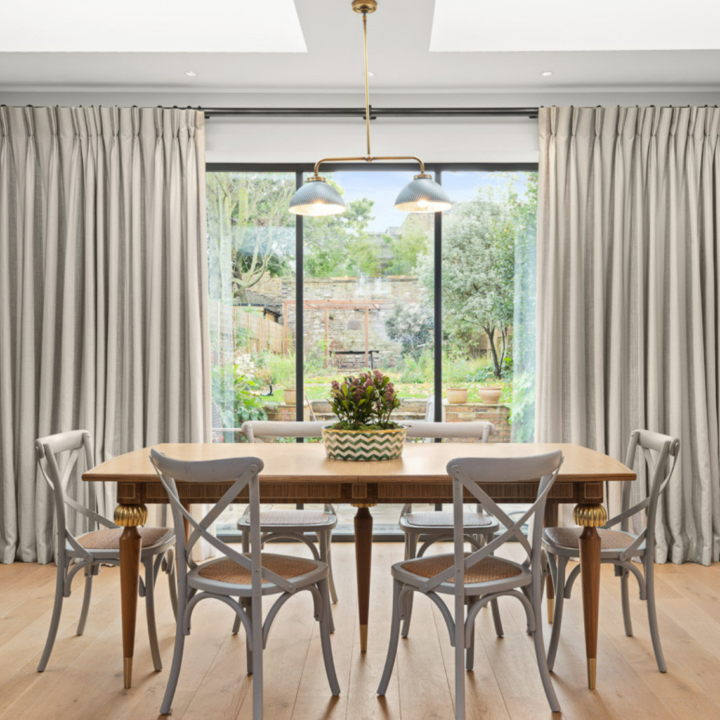Spiffy Speak
TOP SEVEN MISTAKES TO AVOID IN NURSERIES AND KIDS’ ROOM DECOR
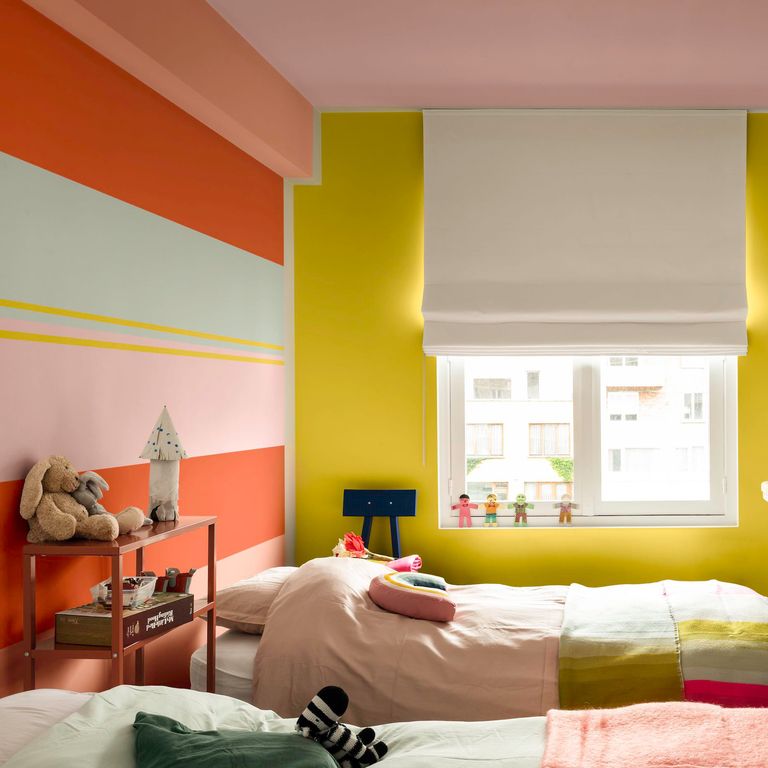
Designing kids’ spaces is both challenging and rewarding at the same time. It is that one room of the home where you can let your imagination run riot. And yet, while the aesthetic goals are often key, parents need to do justice to functionality and safety as well. And together, these three goals complete the triangle that every kids’ space is centered on. Here’s what we mean:
- PERSONALITY: Innocence, energy, curiosity – these hallmarks of a child must reflect in kids’ spaces. Colors, patterns and thematic representations must bring joy and positive stimulation to kids so they can explore, experiment and learn.
- SAFETY: Fragile structure, short stature and naivety – all three are culpable for getting children trapped in dangerous situations. Nurseries and kids’ rooms must be so arranged and designed that all possible risks to their safety are curbed.
- FUNCTIONALITY: For ‘an adult in the making’, the space must facilitate every activity required for the growth of their mind and body – study, play and sleep. The room should be designed to be as functionally efficient as visually endearing.
Which of the three goals is most important? Well, all three and equally. But attaining all three goals is easier said than done.
Often while chasing the vision of a perfectly cute, Insta-worthy nursery or kids’ room, the functional and safety needs are sidestepped. On the other end of the spectrum, say nothing of the under-decorated nursery which is safe and functional but sterile and unimaginative.
Nurseries need a balance and avoiding design mistakes is all about achieving that. On that note, let’s look at the top decorating mistakes in nurseries and kids’ rooms.
Overlooking Safety Measures
The most important need of a kid-oriented space is making it safe. Some things that look good might in fact be a safety hazard. Therefore, kid-proofing the space is essential and not doing so to the right degree constitutes the most serious mistake when decorating a nursery or kids’ room.
For example, it’s important to baby-proof sharp-edged furniture that can bruise rollicking kids and toddlers who readily mouth anything they find. Use corner guards to smoothen the edges.
There are many such steps to be taken to ensure the safety of your babies and kids. With more research, you’ll be better equipped to make your nursery the safest haven for your child.
Over-Investment in a Theme
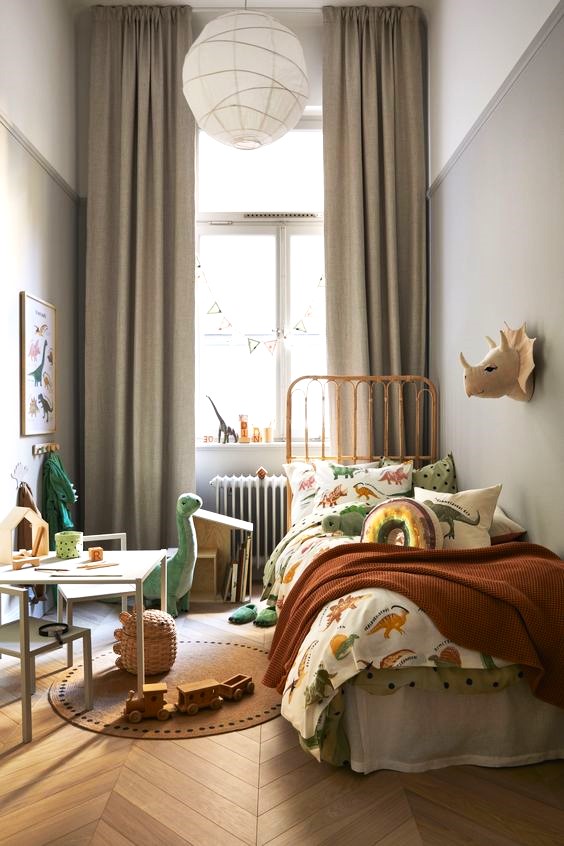
Kids are avid explorers and fanatic obsessors. They are always on the lookout for amusing things and want to be surrounded by all that piques their minds. Thematic kids’ spaces address these core needs of a child. But, here’s the glitch – the obsession is short-lived, and if you design the whole space on a theme, you won’t be able to undo it easily when they demand a change.
The solution does not lie in constant refusals or avoiding thematic decorations altogether. Rather, express the theme in items that can be easily disposed of as per their changing tastes. For example, for a child obsessed with dinosaurs, stick to a plain duvet and satisfy the desire on the sheets. When the passion has died off, the sheets may meet refusal, but it will be better than having to do away with an expensive duvet.
Similarly, a plush elephant is a better option than a wall covered with an elephant-themed mural. A free-standing canopy play corner can suffice instead of a beaucoup dollar princess bed, and an Angry Birds study table can give way to removable wall stickers of the same theme. That’s how you cut the Gordian knot without curbing your kid’s exploratory ventures and creative aspirations.
Wrong Window Treatments
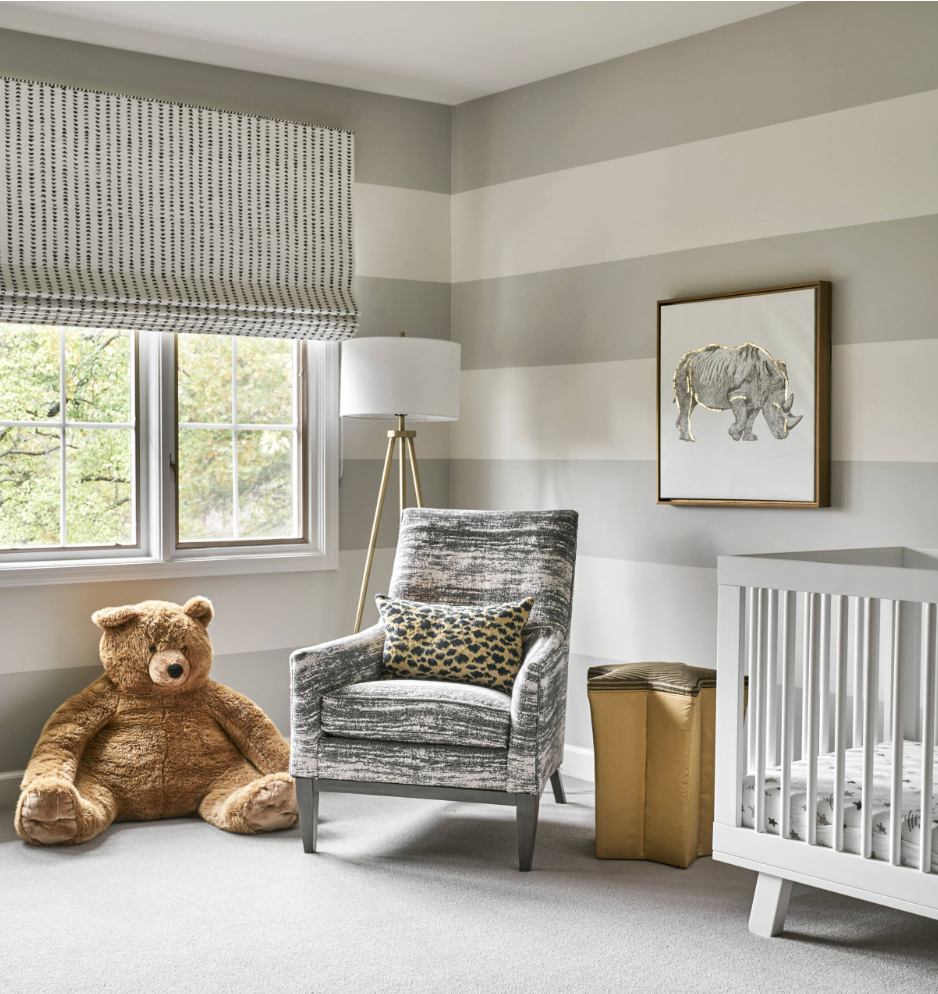
Sound sleep is a big part of a child’s overall growth process and window treatments must enable a sleep-friendly ambiance for the same. The kid should be able to fall asleep faster and rest throughout the night without interruption. In a nursery, room darkening is important for the baby’s day naps. Nursery window treatments must also air the lighthearted mood of the space but in just the right amount.
The big window coverings mistakes found in nurseries and kids’ rooms are:
NON-INSULATIVE WINDOW COVERINGS: With the right type of window covering, your kid’s room will become dark, quiet and temperature-regulated when so desired. To this effect, blackout window treatments that block light substantially and act as a tough barrier against unwelcome noises must be default choices.
Window dressings such as blackout nursery curtains/roman shades and triple-cell honeycomb shades are some of the most insulative window treatments recommended for kids’ bedrooms and nurseries. If you don’t have one of them, consider adding a blackout dressing over or under your current window treatment, be they sheer or non-sheer. Double-layered window treatments offer more insulation and light control options, increasing the practical ease of living in the space.
DANGLING CHORDS AND FLOWY TRAILS: Making window treatments child-friendly is an important step missed by some. Kids may pull at window shade/blind cords, attempt to mouth them and endanger themselves with asphyxiation. If your windows have shades or blinds, go cordless or ensure the cords are not dangling or accessible to a toddler. In the case of nursery curtains, let the panels float above the floor to evade tripping accidents, better still, let them stop at the sill. Also, we strongly recommend against using tension rods in kid-oriented spaces because tension rods are not as secure as hardware that’s screwed into the wall.
OVER-EMBELLISHING: While vibrant knick-knacks have their rightful place in a kid’s room, you may do better by avoiding trimmings such as tassel trims if you have a teething baby or toddler. Let your indulgence with curtain and shade trimmings be limited to ribbon trims and tape braids that stay tightly sewn onto the base layer.
KID-SPECIFIC PRINTS: While cartoons and caricatures are often included in the nursery decor, keeping window treatments relatively ‘age-proof’ is wise. The child may quickly outgrow such design choices and it will not be easy to keep upgrading the window treatments as per their changing preferences. Better include such theme-based motifs in other easily swappable items, and keep the window treatments decked with timeless patterns.
SHOP NOW: KIDS CURTAINS FOR NURSERIES, BEDROOMS & PLAYROOMS
Leaning on a Kiddie Palette
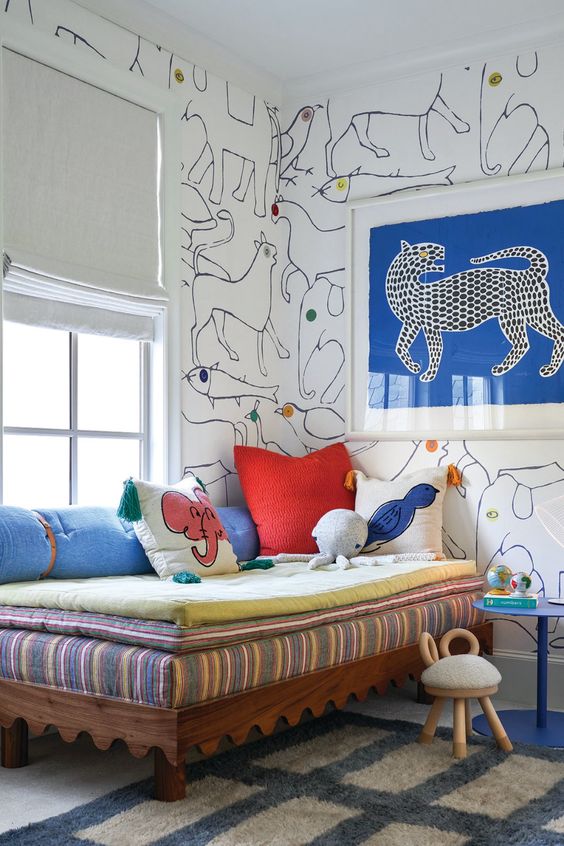
Picking the right palette is perhaps the most important decision on the aesthetic aspect of nursery and kids’ room decor. Color indulgence is important here but ‘which one’ and ‘how much’ are the tricky questions. And the mistakes happen exactly along these lines:
TRANSITORY PALETTE: Parents get so invested in a theme or gender-specific decor that they end up with a palette that their kid will outgrow soon. It’s understandable that your kid is fascinated by hot pink or blazing yellow today but painting a whole room in that bright hue with matching furniture is going overboard. It’s an intimidating ambiance and when they demand a change (which is not far), only some stashed cash can save you.
There are two ways to handle this situation. One is to indulge in their favorite palette with restraint. Bring in their favorite color but in a mellowed, more muted tone and balance it with other colors. So, settle for baby blue instead of electric blue or pastel orange instead of flaming orange.
The second way is to choose an ever-relevant palette by going neutral with the larger items including walls, floors and furniture. Then, bring their favorite hue, no matter how bold or even garish, into the accent pieces such as plush toys, figurines, canopies, bedding, trims of fabric accessories, wall art, and small furniture pieces. Some day, when their obsession de jour has changed, you can swap these out for slightly more mature decor or give a fresh coat of paint yourself.
GETTING BOXED: Another common mistake is to be limited by stereotypes. Instead of falling within the ‘pink for girls’ and ‘blue for boys’ boxes, let your creativity take the reign. Introduce your kid to all kinds of colors – the key lies in the restraint of volume and saturation, not in the numerics.
NON-CREATIVE CHOICES: Sometimes, the other extreme of the color spectrum can also be a problem. A nursery should never be a non-imaginative space designed with an over-mature palette – boredom in the name of ‘minimalism’. The palette must satiate the kid’s interest, inspire positive vibes and trigger creative energy. No matter how pared back your overall palette is in the rest of the home, kids’ spaces must be stamped with vivaciousness suited to their personality.
CHOOSING THE PAINT BEFORE TEXTILES: There literally are thousands of paint colors to choose from – in every possible tone, shade and hue imaginable. Fabric choices are far limited. And yet, many homeowners make the mistake of painting the walls before they have shopped for their larger decor elements. To make for easy shopping and perfect color coordination, pick your textile elements – rugs, window treatments, upholstery, etc. – before setting on your wall paint. Matching a paint color to everything else in your room is far quicker and easier than getting everything else to coordinate with your paint color.
Missing the Whimsy
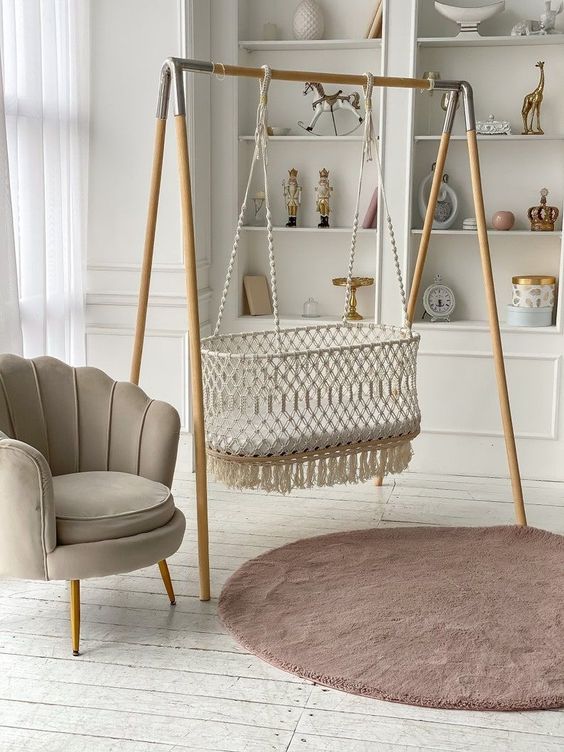
What’s a nursery without some whimsy, nonchalance, and sweet charm? After all, your child will not ask for kiddish things nor ever enjoy romping around later in life. Remember that home decor is meant to add more value to the way we experience life, and not to take away from it. Missing out on this key aspect would constitute a serious mistake when designing spaces meant exclusively for kids.
The decor in kids-oriented spaces must be elegant, but not too precious that it restrains them from being their most lively selves. So, stick to choices that won’t get you stressed when the tiny tot opens their paint bottles or races from the kitchen with grimy hands.
All design choices here must be mindful of the fact that the child depends on the immediate environment to learn and experience life, so the ambiance must fulfill their curiosity and trigger their imagination. Efforts for self-restraint must not strip the kids’ spaces of their playfulness, but must rather facilitate it.
A toy house in which the kid can get in and take a nap, a swing or a hammock that gives the pleasure of rhythmic movement, a neon light fixture fashioned on their name – it could be anything that excites a little heart.
The more you include whimsical decor that equips their visual interest and imagination, the less you have to strain about keeping them entertained. Allocate a small (or large) percentage of the room decor for playful elements. And make the most of this opportunity while your little one is still…well, little.
Insufficient Storage Opportunities
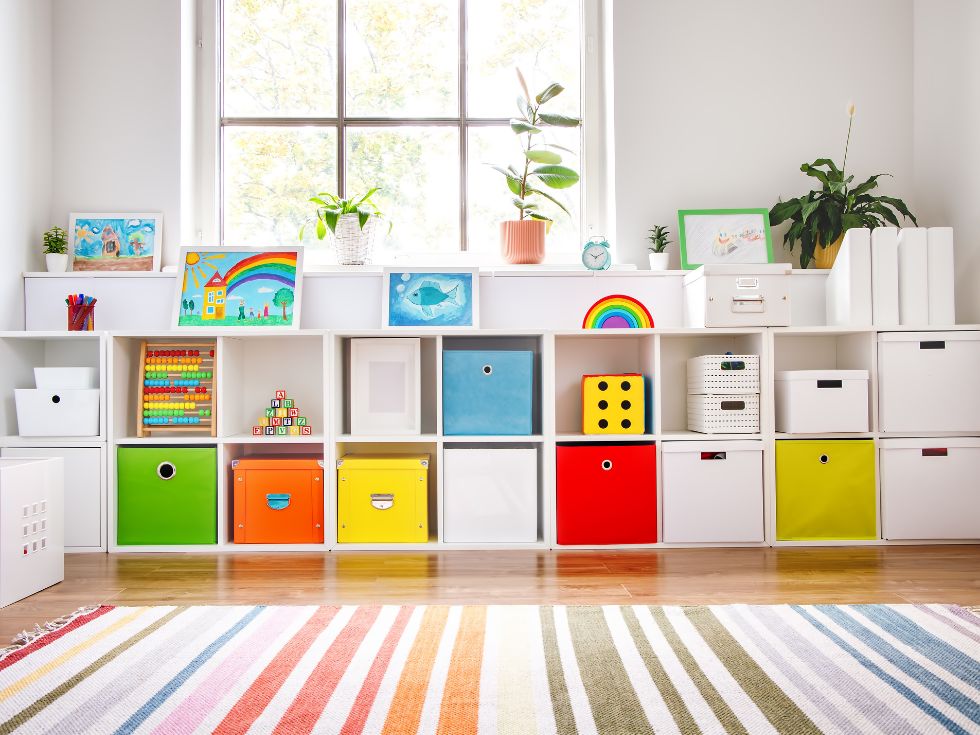
When designing nurseries, new parents often tend to sideline the requirement for extra storage units assuming children’s items will take up less space, little knowing that their rooms will be filling up sooner than all others. From building blocks to dollhouses, from craft items to story books, from sports sneakers to party footwear – kids’ wardrobes, dressers, wall cabinets, desk drawers and all storage units put together may one day be full to the brim.
Future-proofing is essential so that storage opportunities don’t run dry as your little one grows. Also, make a combination of closed and open shelves so that accessibility is made easier besides neat organization.
Having said that, make sure that the kid’s room does not end up looking like a store room. There should be ample floor space for play and craft activities. So, make use of the vertical space more than the horizontal, with floor-to-ceiling built-in cabinetry, storage beds and wall-mounted shelves.
Lack of Distinctions between Zones
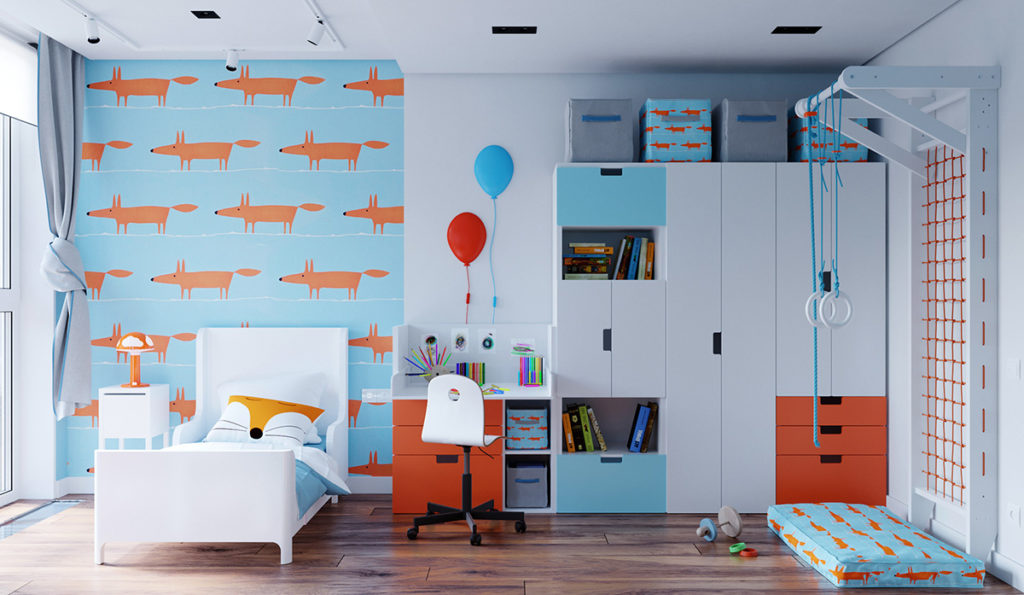
This is a mistake regarding the layout of the room. Provision is made for sleep, play and study in the room’s design but not laid out properly. Earmarking the zones with clear distinctions both visibly and tangibly encourages self-discipline and cleanliness in the child. When it’s time to sleep, there should be no toys near the bed that tempt the kid to jump out of bed and play, for example.
The other benefit is that you can do a task-oriented design that helps the child make the most of the given resources. Here’s an example – you may provide a low table in the play area with inbuilt drawers for the little artist to sketch and craft and a regular study table for academic work. Now, it will be easy for the child to contain the urge to grab the coloring pens during homework time.
The separation between zones can be achieved by using different paint colors, area rugs, furniture, decor accessories, and lighting. For example, you can use the darkest part of the room for the bed flanked by a mood-setting dim night lamp and the space around a window for study aided by a cool light pendant lamp.
The play area can be demarcated by a rug and the toy cabinets alongside. This will help immensely to ensure that the child does not mess up every place during playtime. If the play zone is a separate room or part of the living room, apply the same logic there when designing that space. You don’t want their play items strewn all over the place, making it difficult to tidy up at the end.
Concluding on a Colorful Note
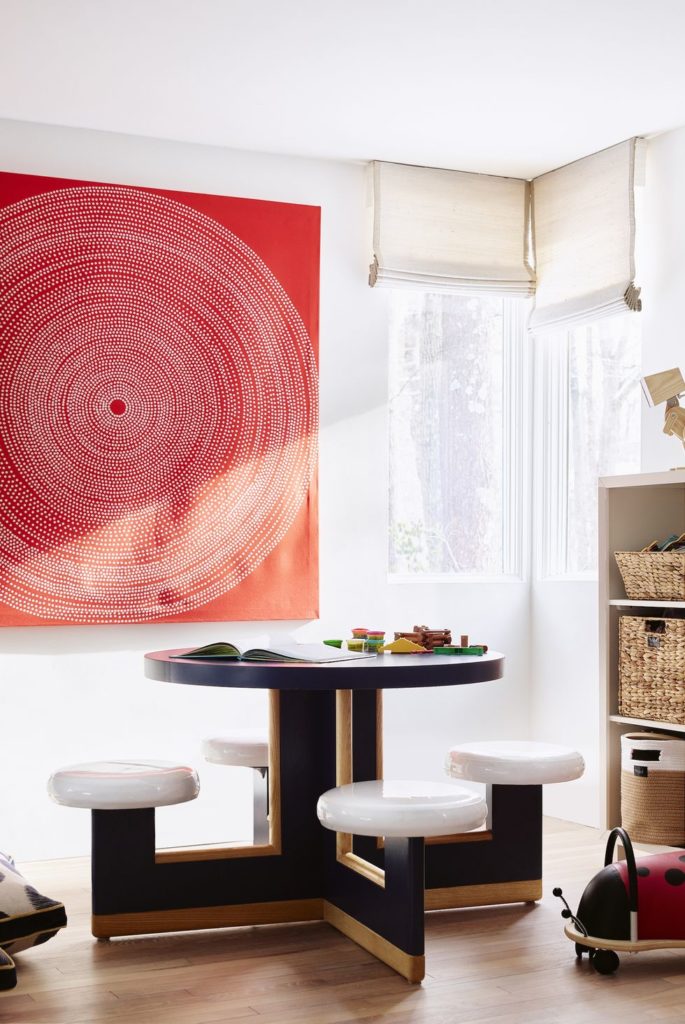
We hope that you find yourself forearmed to design your kids’ spaces rightly. The key to a well-considered nursery or kids’ room is in striking the balance between functionality, aesthetics and safety needs. And we hope you are better equipped now to fix that triangle while keeping your little darling excited and happy.
If fabric window treatments are on your mind for their excellent customization potential, do explore our blog and collection for inspiration. We’re happy to partner with you in decorating your kids’ rooms and making them truly special, soothing and fun. For more ideas & inspiration on decorating kids and teenagers room, refer to our Spiffy Speak blog page that has a treasure of detailed guides like teen boys bedroom curtain ideas, teen girls bedroom curtains picture guide, girls room curtain tips & ideas, boys room curtains tips, and many more!

